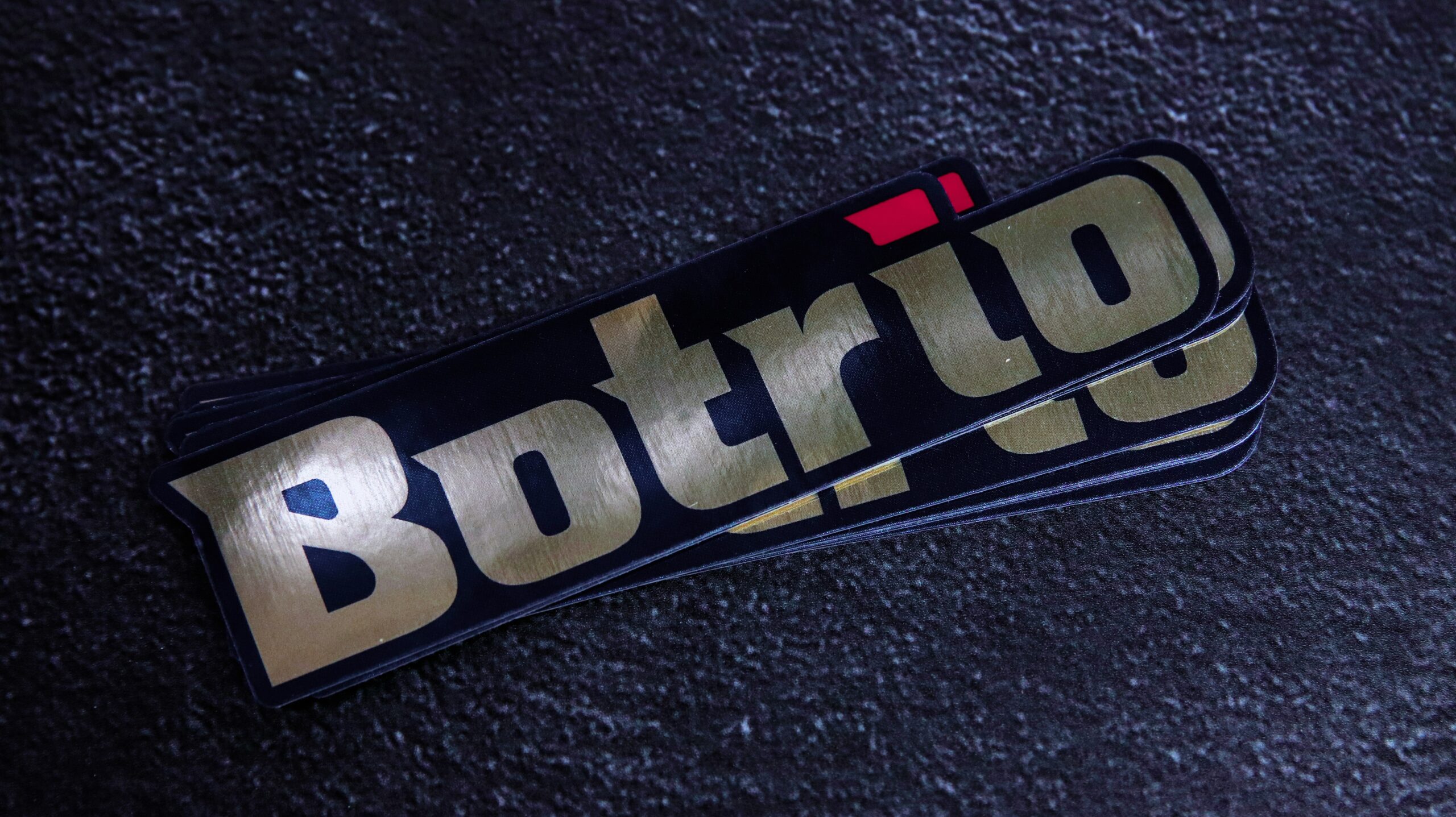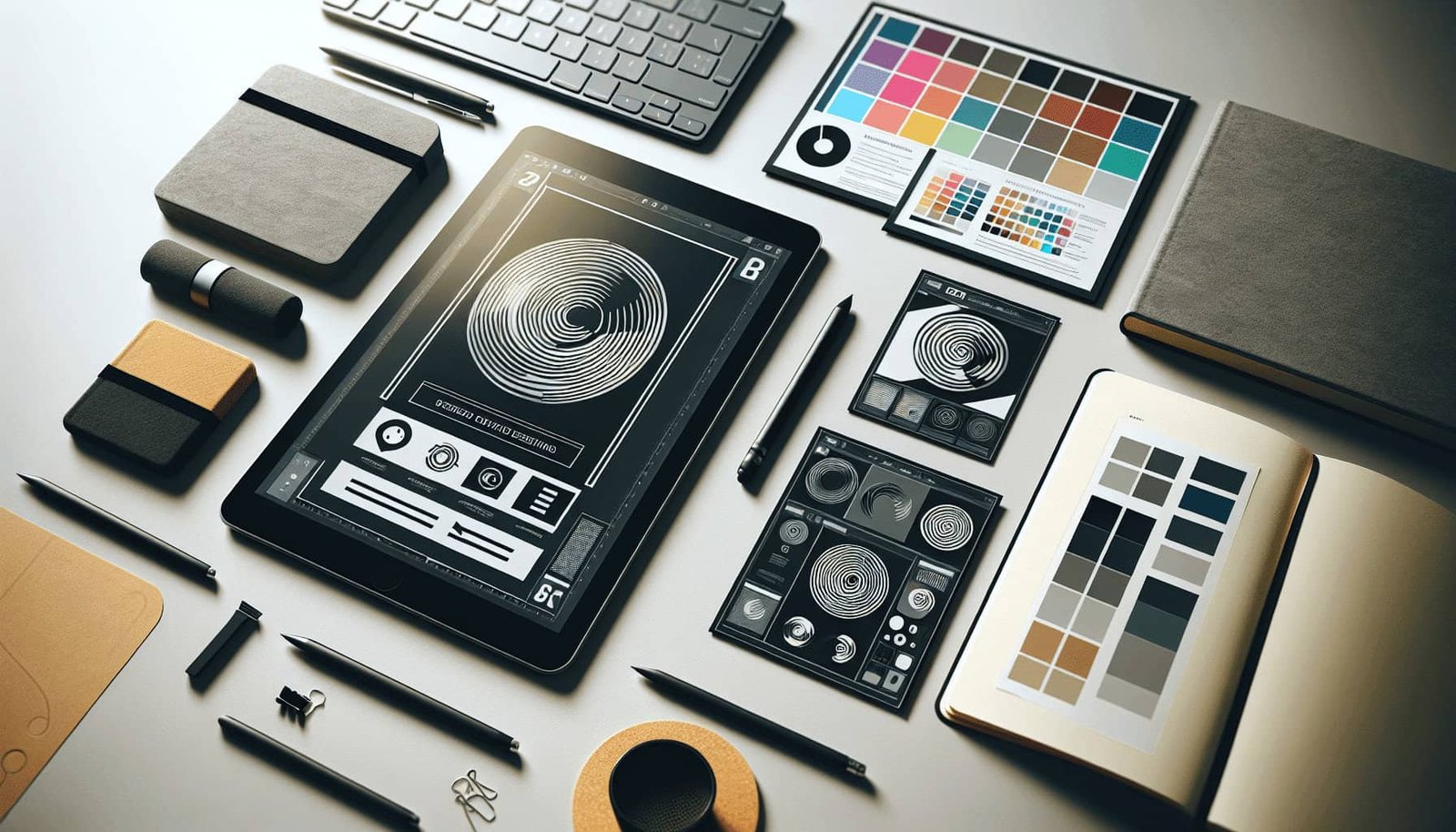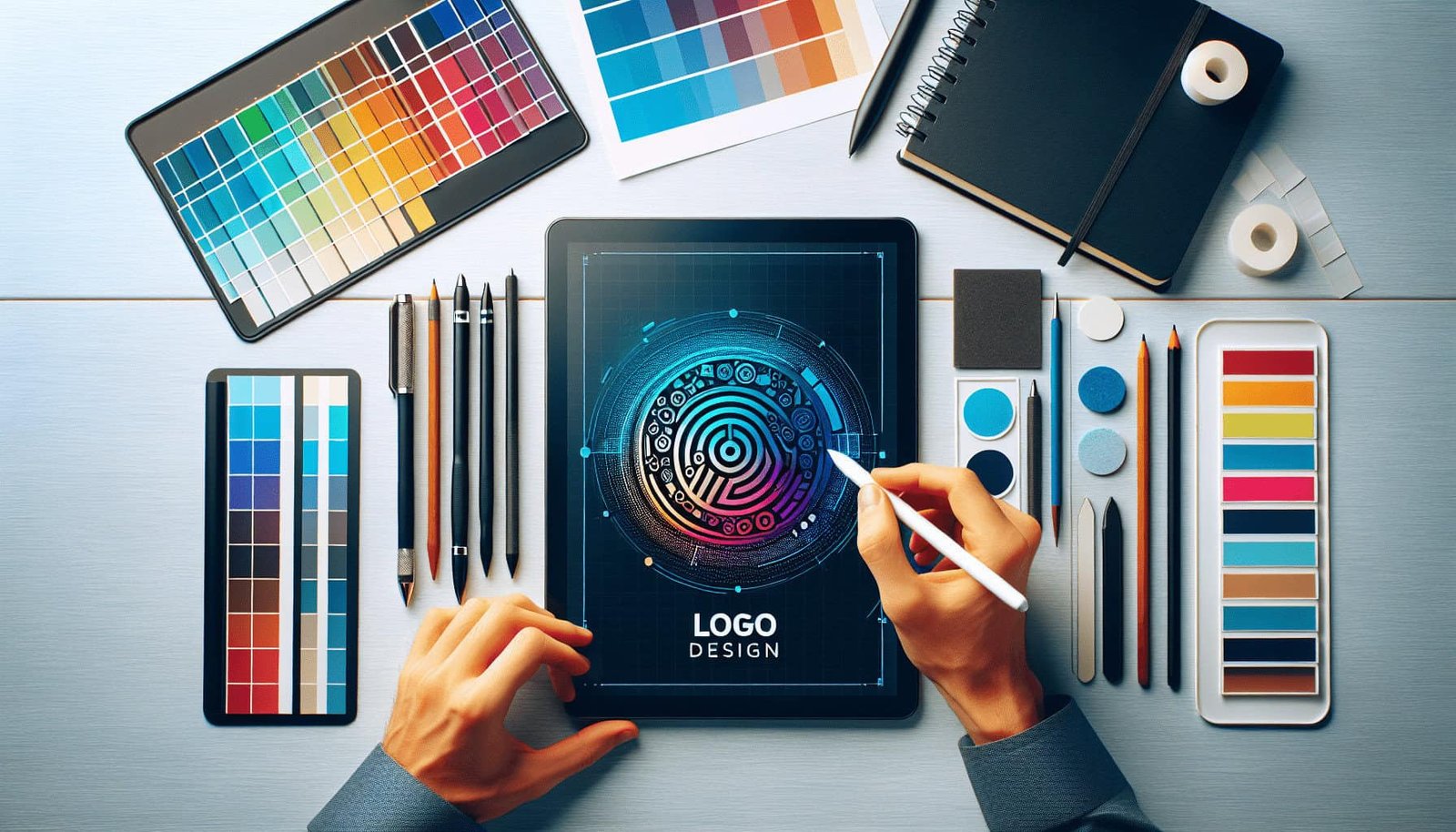Have you ever wondered what it takes to become a successful remote graphic designer specializing in logo creation? In today’s increasingly digital world, the role of remote work has grown significantly, offering you the flexibility to design compelling logos from the comfort of your home or anywhere in the world.
What is a Remote Graphic Designer?
A remote graphic designer is someone who utilizes their creative skills and technical knowledge to produce visual content while working outside of a traditional office environment. This means you can work from your own space, whether it’s a home office, a co-working space, or even a beachside café in Bali.
Why Remote Work?
Remote work not only provides a great degree of freedom, but it also allows you to tailor your environment to suit your creative process. No more commuting, strict office hours, or workplace distractions. Instead, you get to set your own schedule and work in an environment that truly inspires you.
Specializing in Logo Creation
Logo creation requires a specialized skill set. It’s not just about creating something visually appealing; a logo must effectively communicate a brand’s identity and values. As a remote graphic designer with a focus on logo design, you’ll find yourself at the intersection of creativity and strategy.
Importance of a Logo
A logo is often the first impression a customer has of a brand. It’s a visual representation that embodies the company’s mission and values. Thus, your role is critical. A well-designed logo can significantly impact a brand’s market success.
Key Elements of Effective Logo Design
When creating a logo, there are several key elements you need to consider:
- Simplicity: Simple logos are more recognizable and effective.
- Memorability: A unique design that’s easy to remember.
- Versatility: Works well across various mediums and sizes.
- Relevance: Should align with the brand’s message and industry.
- Timelessness: A design that won’t look outdated within few years.
Let’s break these elements down for easier understanding:
| Element | Description |
|---|---|
| Simplicity | Focused on clear, straightforward design to ensure it’s easily recognizable. |
| Memorability | Uses unique, distinctive elements to make it stick in people’s minds. |
| Versatility | Ensures that the logo looks good in different contexts, whether it’s on a business card or a billboard. |
| Relevance | Aligns with the industry’s standards, helping it to resonate with the target audience. |
| Timelessness | Durability in style; aiming for a look that remains fresh over years. |

Tools of the Trade
To be effective as a remote graphic designer, having the right tools at your disposal is essential. Here are some of the most widely used tools in the industry:
Design Software
- Adobe Illustrator: Highly regarded for vector graphic design, which is crucial for logo creation.
- CorelDRAW: Another excellent vector graphic design tool, popular among professionals.
- Affinity Designer: Known for its user-friendly interface and powerful features.
Communication & Collaboration Tools
Since you’ll be working remotely, staying connected with your clients and team is crucial. Tools like Slack, Trello, and Asana can help you manage projects and communicate efficiently.
Cloud Storage
To keep your files secure and easily accessible, utilizing cloud storage solutions like Google Drive, Dropbox, or OneDrive can be highly beneficial.
Building a Portfolio
Your portfolio is your calling card. It showcases your skills, style, and creativity. A well-curated portfolio is essential for attracting clients and securing projects.
What to Include in Your Portfolio
- Diverse Range: Display various styles and types of logo designs.
- Case Studies: Share the story behind the designs, from the initial brief to the final product.
- Client Testimonials: Include feedback from previous clients to strengthen your credibility.
- Personal Projects: Don’t shy away from adding designs you’ve created during your downtime.

Finding Clients
Working remotely means you have the entire globe as your market. However, finding clients can still be daunting. Here are some effective ways to find clients:
Online Platforms
- Freelance Websites: Websites like Upwork, Fiverr, and 99designs provide a plethora of opportunities for freelance graphic designers.
- Social Media: Platforms like LinkedIn, Instagram, and Behance can help you showcase your work and attract potential clients.
Networking
Building a strong professional network can result in referrals and collaboration opportunities. Don’t underestimate the power of connections in the design industry.
Effective Communication
Communication is key to the success of any remote working relationship. As a remote graphic designer, you’ll need to communicate effectively with your clients to understand their needs and deliver designs that exceed their expectations.
Understanding Client Requirements
Ask detailed questions to fully understand your client’s vision. This might include:
- Brand Values: What does the brand stand for?
- Target Audience: Who are they trying to attract?
- Style Preferences: Do they have any specific style or color preferences?
- Usage: Where will the logo primarily be used?
Feedback Loop
An efficient feedback loop ensures that you and your client are on the same page throughout the design process. Regularly send drafts and ask for feedback to make the necessary adjustments.

Managing Workload
When working remotely, managing your workload effectively is crucial to ensure productivity and maintain a healthy work-life balance.
Time Management
Use time management tools to plan your day. Apps like Toggl, Clockify, and Google Calendar can help you track your time and schedule tasks efficiently.
Setting Boundaries
Since you’re working from home, it’s essential to set boundaries to avoid overworking. Define your working hours and ensure you take breaks to recharge.
Staying Updated
The design industry is ever-evolving. It’s vital to stay updated with the latest trends and advancements. Engage in continuous learning through courses, webinars, and design communities. Platforms like Coursera, Udemy, and Skillshare offer numerous courses on graphic design.

Pricing Your Services
Determining how to price your design services can be challenging. You want to charge a fair price that reflects the quality of your work while also being competitive.
Factors to Consider
- Experience: Your level of expertise can significantly influence your rates.
- Complexity: More complex projects should warrant higher fees.
- Market Rates: Researching what other designers are charging can help you set reasonable prices.
| Experience Level | Suggested Rate (Hourly) | Suggested Rate (Per Project) |
|---|---|---|
| Beginner | $20 – $40 | $200 – $500 |
| Intermediate | $40 – $70 | $500 – $1500 |
| Advanced | $70 – $100+ | $1500+ |
Offering Packages
Creating packages can make it easier for clients to understand what they’re getting for their money. For example, you could offer a basic logo design package, a premium package with additional branding elements, or a custom package tailored to specific client needs.
Legal Considerations
When working as a remote graphic designer, it’s important to protect your work and understand legal implications.
Contracts
Always use contracts to outline the scope of work, payment terms, and other essential details. This helps prevent misunderstandings and ensures that both parties are clear about the project’s parameters.
Copyright and Usage Rights
Clarify the ownership rights of the logo design. Typically, once the client has paid in full, they own the rights to the design, but this should be explicitly mentioned in your contract.

Conclusion
Becoming a successful remote graphic designer specializing in logo creation requires a blend of creativity, technical skills, and savvy business practices. By understanding the key elements of logo design, leveraging the right tools, building a strong portfolio, and effectively managing client relationships, you can thrive in this exciting field.
Now, imagine yourself working on your next logo design project, knowing that you have the freedom to work from anywhere, a deep understanding of your craft, and the confidence that comes from being well-prepared and well-equipped. Whether you’re just starting out or looking to refine your existing skills, the world of remote logo design offers endless possibilities for growth and success.
